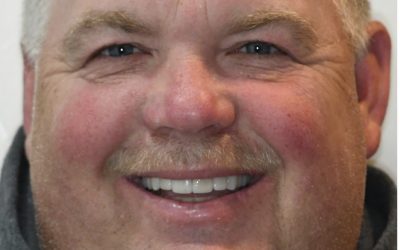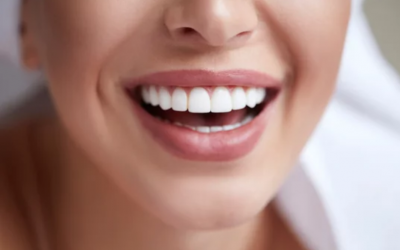The Importance of Utilizing a Facial Analyzer
In dentistry, there have always been challenges in transferring patient oral information to mount models accurately. The key to patient satisfaction is trying to minimize the need for adjustments as much as possible. Over the years, many tools have been developed to address the issues that occur regularly.
One such tool is the Kois Dento-Facial Analyzer which was created by Dr. John Kois. 
This tool was developed to answer two common issues in the fabrication of any size restorative cases:
1. Capturing the correct horizontal so that the case is not slanted to one side.
2. Improper occlusion with either the case needing significant adjusting chairside or needing the addition of porcelain to bring the case into proper occlusion.
Problems with Facebows
Before the Kois Dento-Facial Analyzer, many dentists opt for a facebow to help in mounting cases. The issue with using this method is that when analyzing the face, head size as well as shape, it is easy to see that one side of the head is different from the other. Specifically, when looking at a person’s ears, in almost all cases, one ear is positioned higher than the other. A facebow is influenced by the location of the patients’ ears. Therefore, there is the potential for error when using this technique. Experienced clinicians will try and adjust the facebow by pushing down or pulling up on the facebow using the visual horizontal as a guide. This technique can be inaccurate and lead to issues with achieving the correct horizontal in the final case.
The Kois Dento-Facial Analyzer Solution
The Kois Dento-Facial Analyzer offers a more precise data collection in that it does not rely on the ears to find the proper horizontal plane. The Kois Dental Facial Analyzer requires the patient to be standing and uses a visual marker to collect the correct horizontal. There is a significant improvement in the accuracy found in cases where this technique is used versus when it is not in the cases, we see at Opus One Laboratories.


Another important part of the equation for labs to be able to accurately mount these larger cases is to establish the correct distance of the anterior teeth to the condyle. This measurement is about 100mm on average. If this measurement is not captured accurately then we lose the accuracy of the ratio of the anterior teeth to the posterior teeth significantly impacting the ability to achieve proper occlusion.

Opus One Rotating Horizontal Plate
The ability to accurately capture the correct horizontal and establish accurate occlusion is a huge benefit when it comes to the fabrication of dental restorations. One other common issue occurs that can be a significant issue when it comes to the accuracy of final restorations and that is when patients present where their dental midline is different than their facial midline. When this occurs, clinicians often try to move the midline. Moving the midline in these cases can cause a tissue problem and an incorrect contour on the proximal surfaces. By handling cases in this way, the midlines are unmatched and canted resulting in a poor esthetic result.
To resolve this issue at Opus One, I created a rotating horizontal plate to ensure that when the facial midline is not in line with the dental midline the Opus One rotating plate will always have the correct vertical position. This tool eliminates any possible slant and significantly improves the patient’s tissue health and esthetic outcomes.




Opus One laboratories is a leader in helping clinicians achieve the most important marker for case success: patient satisfaction. Through our continued commitment to constantly learn more and implement the best techniques we are consistently providing clinicians with outstanding dental restorations. Call today to speak with us about planning your next case
Recent Opus News:
Using Time Tested Case Planning to Give Back to an American Hero
Opus One Laboratories has built its reputation on its expertise in handling large reconstruction cases and complex cosmetic cases. We have been changing people’s lives since 2000. We were honored to be asked to participate in the Smiles for America program and help give a very deserving person a new smile.
Complex Cases: A Multi-Disciplinary Approach to Successful Results
As technology in dentistry continues to advance, there are more options than ever available to utilize in treating a patient’s dental needs.
Influencing the Success of Ceramic Restorations
Ceramic restorations are among the most readily used treatments for improving the esthetics of anterior and posterior teeth. These restorations have evolved over the years in terms of material selection and fabrication techniques. Even with these continued...




